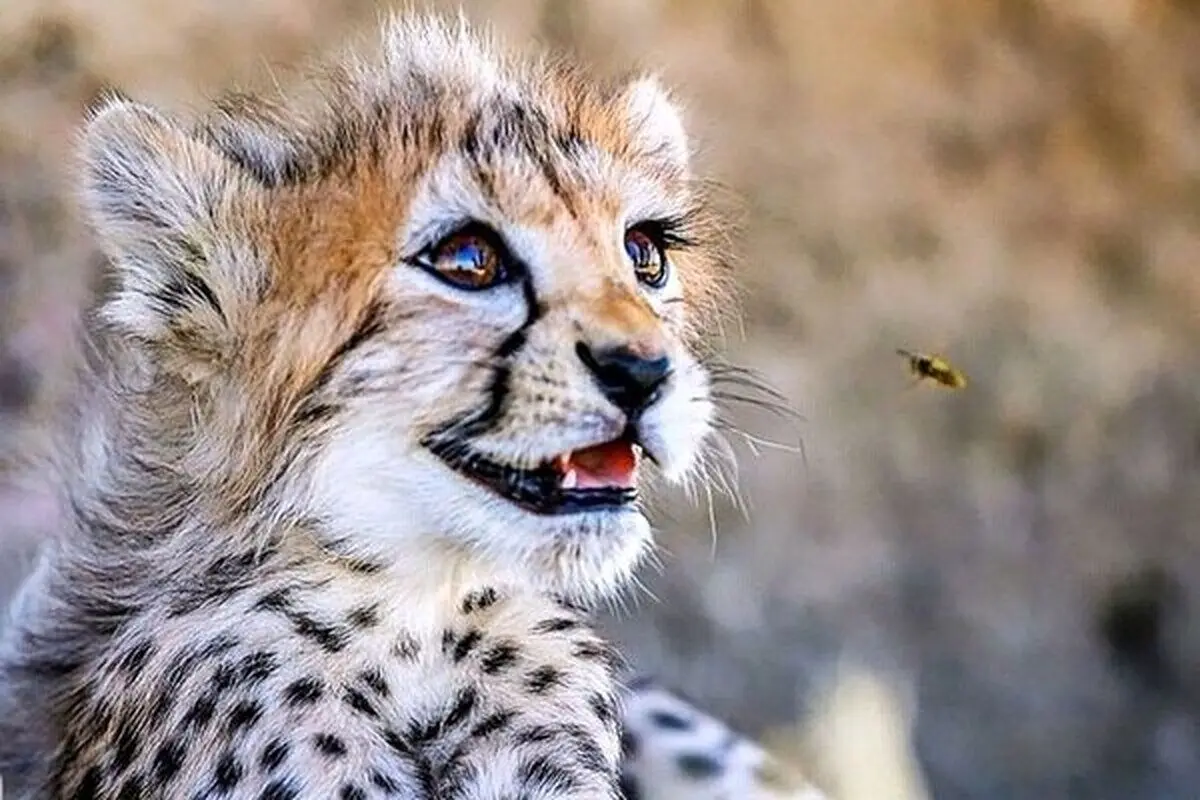Cell Cultures Preserved from Iran’s Endangered Wildlife
WANA (Sep 15) – Hassan Akbari, Iran’s Deputy Director of Natural Environment and Biodiversity at the Department of Environment, announced the commencement of live cell culture from endangered species such as the Asiatic cheetah, Persian leopard, brown bear, and black bear.
This initiative, which started last year, is being carried out in collaboration with the National Genetic Resources Center. The primary goal is to preserve the genetic material of these species and enable the possibility of cloning them in the event of extinction.
Akbari explained that the project involves the collection of live cell samples, cultivation, freezing, and storage for future use. The initiative is designed to facilitate the reproduction and cloning of these species should their populations decline to critically low levels.
He also provided insight into the current state of wildlife in Iran, noting that the country is home to 210 species of mammals, 640 species of birds, 300 species of reptiles, 23 species of amphibians, and 350 species of freshwater fish.
Of these, 76 species are listed on the International Union for Conservation of Nature (IUCN) Red List, indicating that they are at risk of extinction.
Akbari further emphasized the ongoing conservation programs for critically endangered species like the Asiatic cheetah, great bustard, and Persian fallow deer.
He highlighted the use of drones for monitoring protected areas and announced plans for training staff to enhance their effectiveness in conservation efforts.












